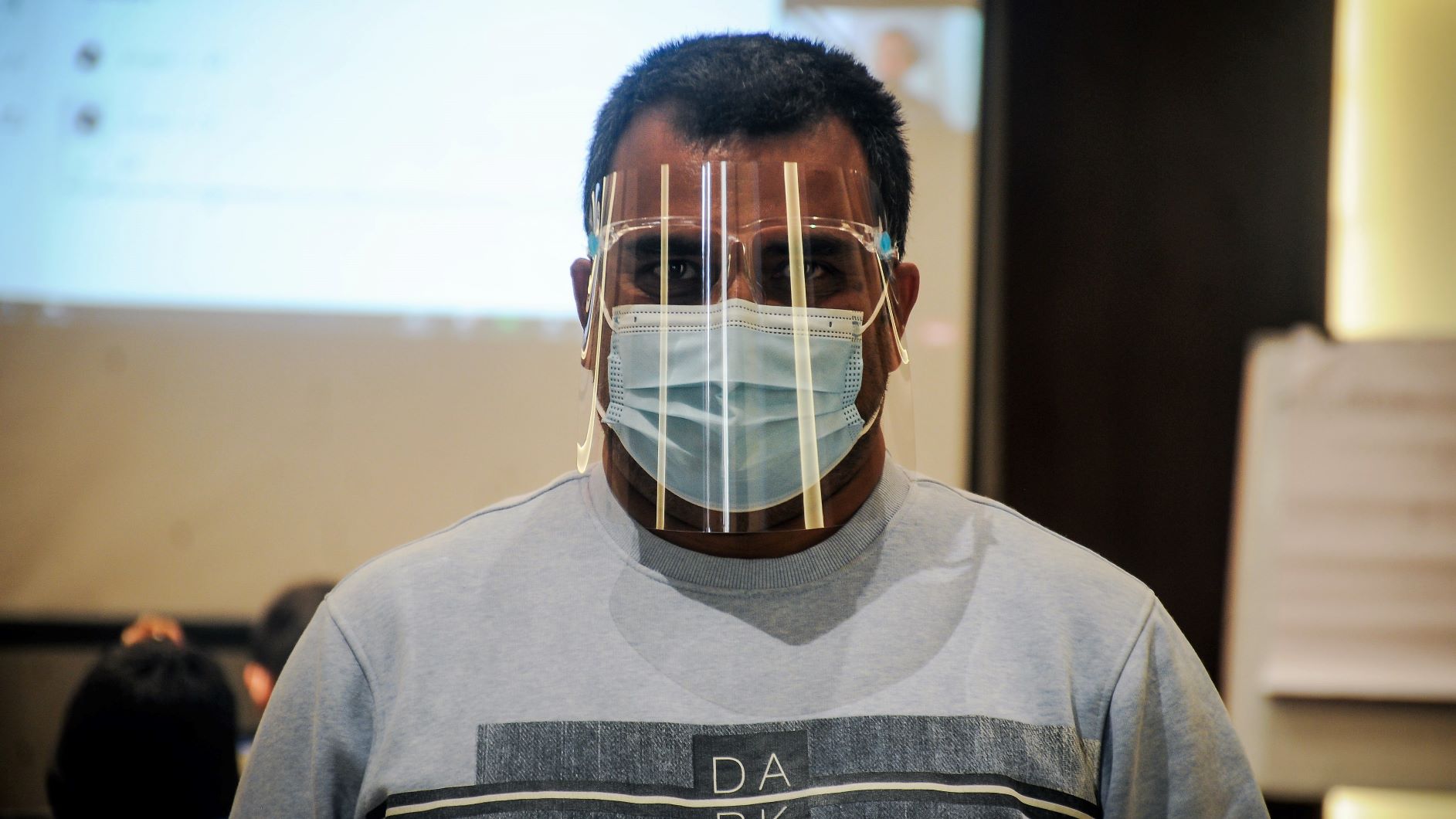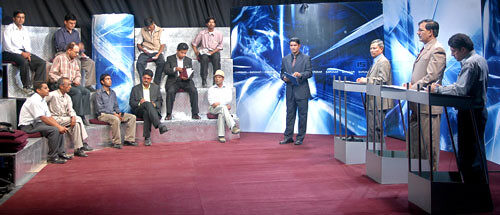Two things I noticed during the last fortnight was pleasantly surprising – both related to Citizen Journalism.
First is the question paper of Masters in Mass Communication and Journalism of the Purbanchal University. The Advanced Concept of Electronoc Publication paper for the students of the second semester carried a question on blogs.
Explain blogs as an alternative journalism mean in Nepalese context.
The five-mark question is, I believe, a proof that blog buzz is catching up in Nepal.
Second incident was a few days ago during the Training Techniques for Experienced Trainers workshop organized by Federation of Nepalese Journalists (FNJ) and International Federation of Journalists (IFJ). The course was meant for the journalists of various executive level in FNJ and was conducted by Jacqueline Park – the Asia Pacific Director.
I was there as the interpreter for Park and on the final day was a group project for the participants. One of the group comprising of experiened print journalists came up with the idea of citizen journalism. Although more of their session focused on how citizen can use the traditional media, I was impressed because I hadn’t hoped print journalists of that experience would came up with such an issue.
Their defination to citizen journalism: direct reach and participation of citizens in journalism which citizen use by directly sending news, views and opinion in the media.
They listed out benefits of citizen journalism. Some of the major benefits were active participation of citizen in journalism, citizen’s true feeling is raised, citizen’s love for media increases, newspapers do not need many staff reporters and increased sale of media.
Though throughout the discussion, blog was never mentioned, I loved the feeling of knowing that citizen journalism is not a very new concept and even the established journalists have begun feeling the need to integrate it for their benefits. Continue reading…









